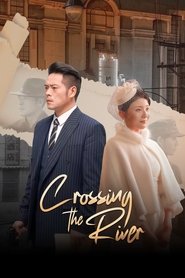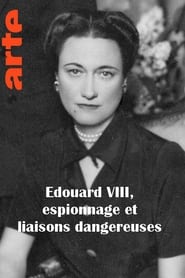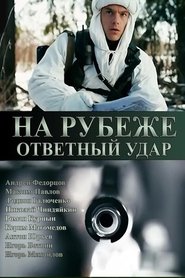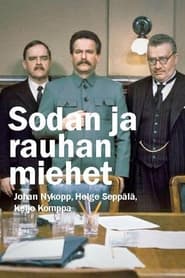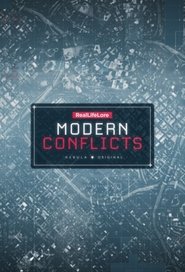War Politics TV Series - Page 109
-
Clash of Wings
1998
Clash of Wings
1998
A comprehensive series detailing the great air battles the Second World War as they have never been told. Featuring rarely seen aerial combat footage of all the major combat aircraft types from World II. -
Crossing the River
2025
Crossing the River
2025
star 10In 1948, officers from the Third Field Army infiltrate Nanjing to aid the underground Communist Party in protecting intelligence, securing supplies, and undermining enemy forces, paving the way for the Yangtze River Crossing Campaign and the nation’s liberation. -
Black Ops
2012
Black Ops
2012
star 7BLACK OPS travels the world to take viewers along on top secret special ops missions. The series reveals how elite special operations units in different countries carry out their high-risk/zero-recognition assignments and shares the inside story of some of the most dramatic military actions in recent history. When 40 Chechen terrorists armed with guns and bombs hold 800 theater-goers hostage, it's up to Russia's elite anti-terrorist force, Spetsnaz group "Alpha," to get the hostages out alive. Negotiation is not an option, and a siege would set off the explosives. The only way to save the hostages' lives is to use an untested top-secret knock-out gas. -
Navires de Légende
2021
-
The Fight for Freedom Major Battles of WWII
2010
The Fight For Freedom The Major Battles of WWII takes viewers to the front lines of the European, the Pacific and the African theatres of the deadliest conflict in human history. . Entire hours are devoted to the great battles that would define the era and the devastating final conclusion that would introduce the world to the terrible possibilities that exist with atomic weaponry. Masterfully scripted and full of authentic footage, this is a collection that must not be missed. This comprehensive 10-part series chronicles the second half of this global military conflict in a masterfully scripted presentation filled with rare and authentic archive footage produced by internationally acclaimed documentarians, Pacific Media. -
The Prisoner
2024
The Prisoner
2024
General Ismail's military record, which is filled with top-secret information, raises concerns about him, so years after his death is announced, a secret organization sends someone to try and look into his history. -
Frederik IX
2019
Frederik IX
2019
Historical drama documentary series about the Queen's father, Frederik IX, and the monarchy during his lifetime. -
Feuerdrachen
1981
-
8th Fire
2012
8th Fire
2012
star 108th Fire: Aboriginal Peoples, Canada & the Way Forward is a Canadian broadcast documentary series, which aired in 2012. Featuring television, radio and web broadcasting components, the series focused on the changing nature of Canada's relationship with its First Nations communities. The television component aired as a four-part documentary series hosted by Wab Kinew as part of CBC Television's Doc Zone, while radio programming devoted to First Nations themes aired on a variety of CBC Radio series and the web component included content from a variety of contributors, including news coverage by other CBC News reporters and a series of short films by 20 First Nations, Inuit and Métis reporters and filmmakers. The series was a shortlisted nominee for the Donald Brittain Award for Best Social/Political Documentary Program, and for Best Cross-Platform Project, Non-Fiction, at the 2013 Canadian Screen Awards. -
Phantom Agents
1964
Phantom Agents
1964
The Phantom Agents are modern day ninja working for the Japanese government, mostly against the dastardly "Black Flag" organization. They wore "pudding basin" motorcycle helmets, and in the earlier episodes they ran everywhere in single file, but later graduated to a Toyota Crown Saloon. The Phantom Agents are armed with ninja weapons such as shuriken and use guns "only as a last resort." They can jump backwards up onto the limbs of trees and hold a piece of cloth with a brick pattern on it in front of them and thus become invisible to their opponents. Agents included Phantar, the leader; Tugor, Cordo, Zemo and a female agent, Margo. There was also a small boy agent, Tomba. -
Adieu camarades !
2012
-
Blood & Heart
2022
Blood & Heart
2022
-
Modern Conflicts
2021
Modern Conflicts
2021
star 8The 21st century may be the most peaceful in history so far, but we are still not completely free from wars and conflicts. From 1980 to the present day, Modern Conflicts explores recent struggles between nations and peoples. -
I Am Legend
2011
I Am Legend
2011

